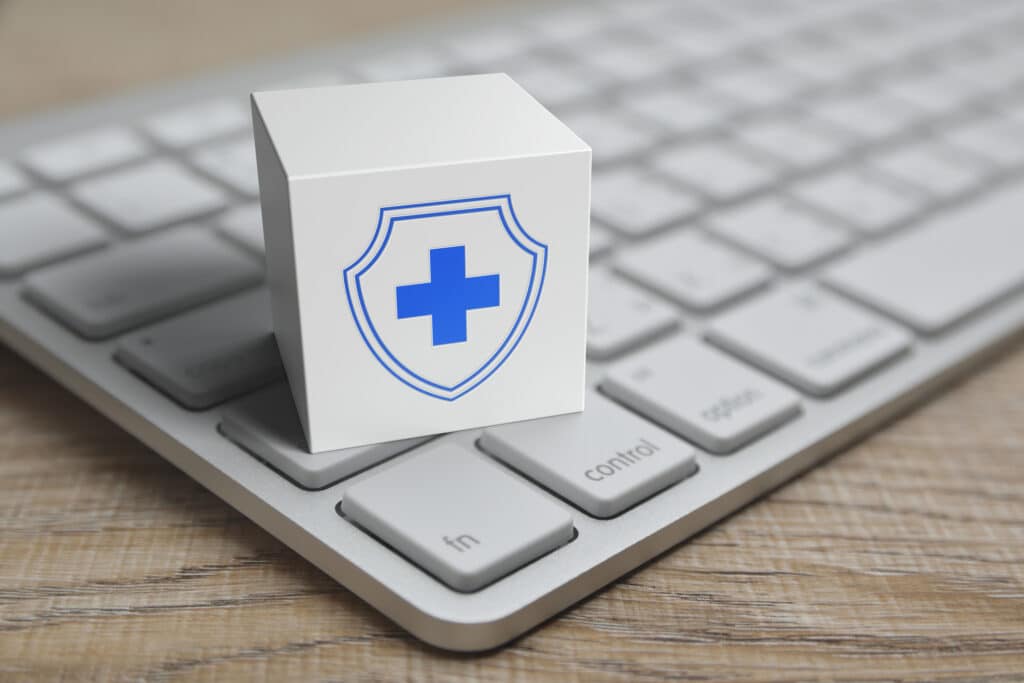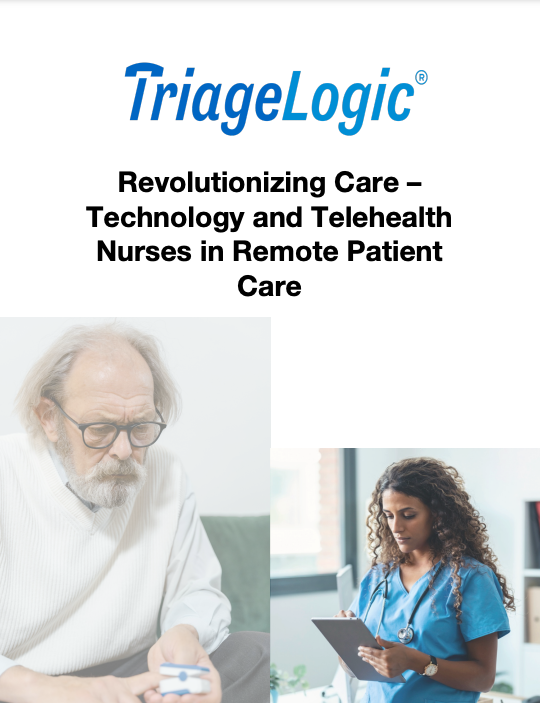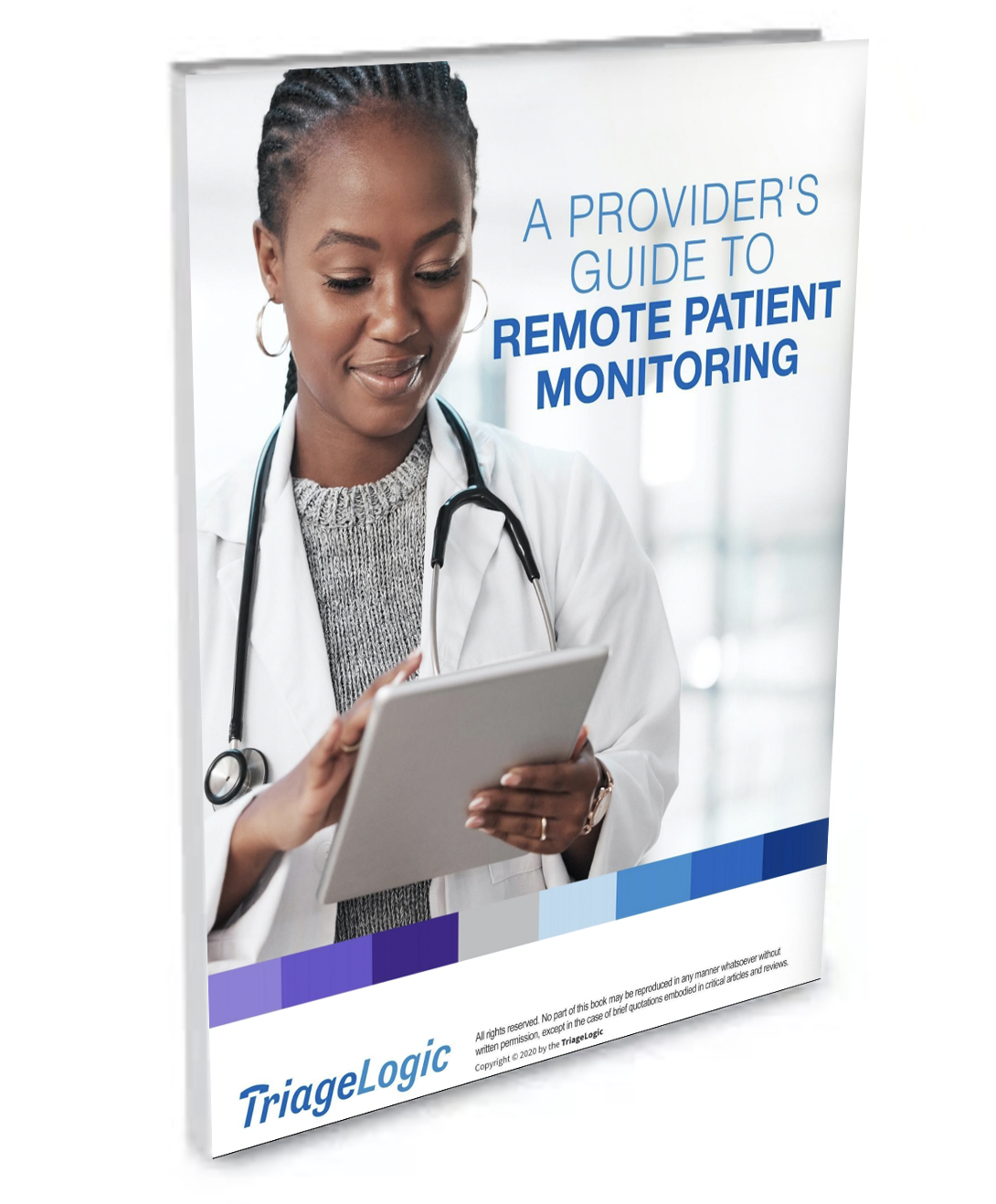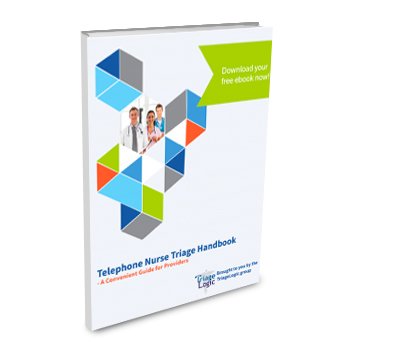Hospitals are increasingly turning to remote patient monitoring (RPM) to improve chronic care, reduce readmissions, and manage patient needs more effectively. Yet one of the most pressing concerns for administrators is whether these programs can keep patient health information safe — especially for hospitals seeking scalable, compliant solutions that won’t compromise patient trust. When it comes to data security in remote patient monitoring, here are the factors that we think are worth keeping in mind, and why our turnkey RPM solution can address all of them.
Why Remote Patient Monitoring Is So Valuable
RPM has quickly evolved from pilot initiatives to full-service programs across the U.S. healthcare landscape. These have allowed providers to:
- Reduce emergency department visits;
- Lower hospital readmission rates; and
- Facilitate better outcomes for patients with chronic conditions like diabetes, heart failure, and COPD.
RPM programs help manage patient care between visits, improve satisfaction scores, and support performance under value-based care contracts. They also reduce staff burden by shifting routine monitoring to virtual environments.
However, with all of this opportunity, there is still some risk: specifically, with how you handle the transmission, storage, and access of protected health information (PHI).
The Growing Concern Over Data Security
As RPM devices work to continuously record and share patient data — including blood pressure, blood glucose, pulse oximetry, and more — that information needs a system to keep it organized and secure. Without proper safeguards, that data can be vulnerable to bad actors.
Key security risks to be mindful of include:
- Data in Transit. Unsecured Wi-Fi or cellular connections used to transmit patient data can be intercepted and exploited.
- Device Vulnerabilities. Consumer-grade monitoring devices may lack encryption or regular software updates.
- Access Controls. Weak authentication protocols can allow unauthorized users to view sensitive health data.
- Cloud Storage Concerns. Improperly configured cloud servers can expose large volumes of PHI to public networks.
- Integration Gaps. When RPM data doesn’t properly integrate with electronic health records (EHRs), hospitals may resort to manual uploads that are error-prone and insecure.
These concerns are certainly warranted. A single breach can lead to millions of dollars in penalties, reputational damage, and a loss of patient trust.
Data Security in Remote Patient Monitoring: Best Practices
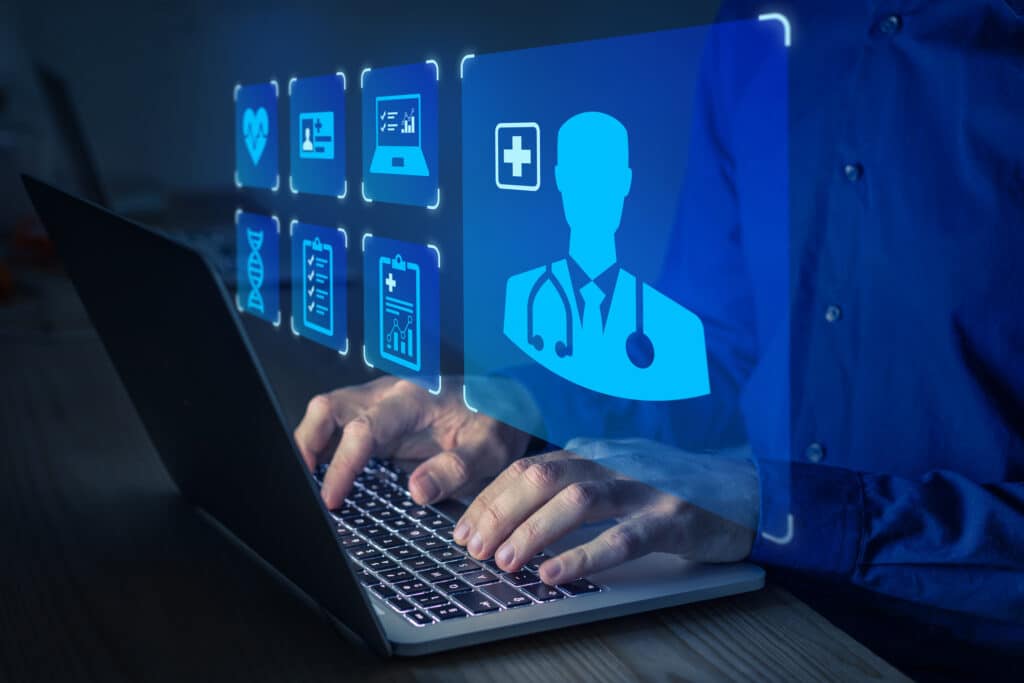
To preserve patient safety and HIPAA compliance, hospitals must evaluate their RPM programs for functionality and cyber defense. Here’s how to satisfy both requirements.
1. Choose HIPAA-Compliant Platforms
Always verify that your RPM solution is built on a platform that meets or exceeds HIPAA guidelines for encryption, authentication, and access logging. Look for vendors with SOC 2-level reporting for clear documentation of their security architecture.
2. Implement Role-Based Access Controls
Verify that only authorized staff can view or manage patient data. Role-based permissions allow you to restrict access based on job function, reducing the chances of accidental exposure or misuse.
3. Encrypt Data End to End
All data transmitted from patient devices to healthcare servers should be encrypted during transit and at rest. This prevents it from being read or tampered with even if it’s intercepted.
4. Educate Patients on Safe Use
Patients are the first line of defense when using home monitoring devices. Offer education on securing their internet and Bluetooth connections, as well as recognizing phishing scams.
5. Audit and Monitor
Regular audits of your RPM system can identify unauthorized access attempts or potential weaknesses in your infrastructure. Continuous monitoring adds an extra layer of protection.
How TriageLogic Protects Patient Data
At TriageLogic, cybersecurity is a primary component of our turnkey RPM solution. Here’s how we work to keep you compliant.
- Encrypted Devices. Our RPM devices are preconfigured with encryption and are shipped directly to patients for easy setup.
- Secure Cloud Infrastructure. All data is stored in a HIPAA-compliant cloud environment with strict access controls and real-time monitoring.
- Intuitive Dashboards. Care teams receive prioritized alerts while sensitive data remains protected behind multi-factor authentication.
- EHR Integration. Our platform integrates directly with your existing health records, eliminating the need for manual uploads and reducing risk.
- U.S.-Based Clinical Monitoring. Our clinical teams operate under HIPAA guidelines and follow strict workflows to ensure data integrity and security.
Because our solution is fully managed, your hospital can deploy RPM without hiring new staff, investing in complex IT infrastructure, or worrying about gaps in its compliance.
Supporting Local Health Systems
Whether you’re managing a rural health network or a multi-campus hospital system, data security in remote patient monitoring must be tailored to your unique operating environment. TriageLogic partners with healthcare systems across the US to offer a solution that fits their workflows, state compliance mandates, and patient demographics.
We understand that interoperability, staffing shortages, and patient engagement are all part of your equation — so we offer a program that addresses all three without compromising security.
Empower Care Teams and Protect Your Data
Remote patient monitoring represents a powerful evolution in healthcare delivery, offering administrators a way to improve outcomes while containing costs. But no RPM program can be considered successful if it puts patient data at risk.
With TriageLogic’s secure, scalable RPM solution, you don’t have to choose between functionality and protection. You get both — along with support from our experienced team to help you deploy, monitor, and grow your program with confidence.
Want to learn more? Contact us today to schedule a demo and discover how we can help your hospital lead the charge with secure innovation.
About TriageLogic
TriageLogic is a URAC-accredited, physician-led provider of top-quality nurse telehealth technology, remote patient monitoring, and medical call center solutions. Founded in 2006, the TriageLogic Group now serves more than 22,000 physicians and covers over 42 million lives nationwide.

